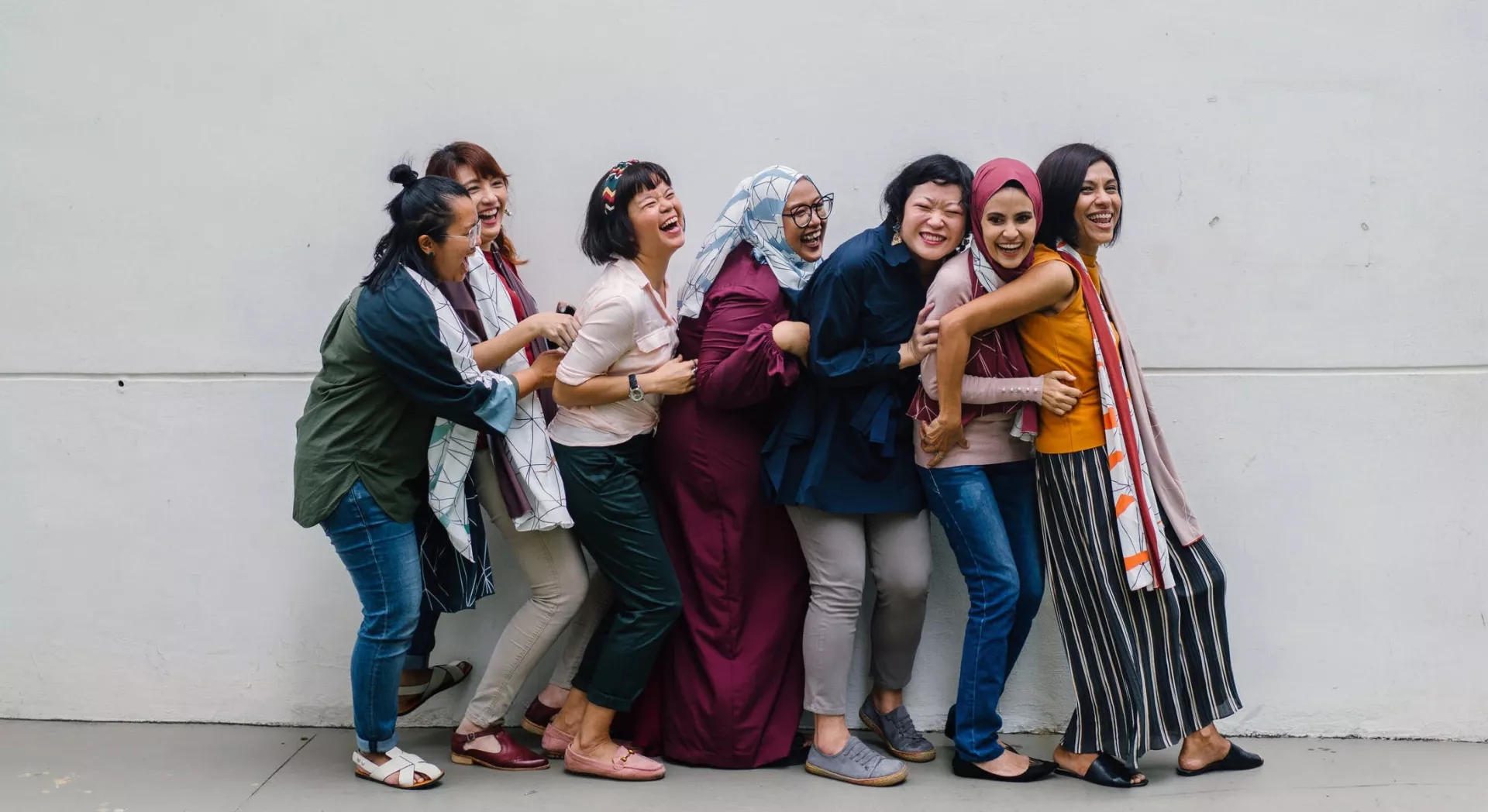NEA’s Center for Social Justice conducted a Cultural Competence Training in Skyview High School in Billings, Montana, for about 200 Montana educators. Sitting among these educators in Room 228, resource teacher Deb Roesler says, “I’ve been in the biggest groups all day. I’ve never been in a small group,” she says, referring to the “identity groups” that have formed and reformed in Room 228 around age, gender, race, religion, income, education, and more. “But I want to reach out, and I’d like to get to know better the students in the small groups,” she says. Her action plan in the coming days for this, when she returns to her middle school across town, is to invite a student who looks nothing like her to eat lunch together; she being a white, middle-aged, rural Montanan.
Erasing Institutional Racism
With Dreamers marking time, the school-to-prison pipeline thriving, and the divide between rich and poor growing, these may be dark days for educators who care about social justice. But the promise of public education reminds NEA President Lily Eskelsen García, is “to prepare every blessed child to thrive—and succeed—to love living in a diverse and interdependent world.” That’s why NEA has dedicated itself to erasing institutional racism, to protect immigrant families, to stand up for LGBTQ students, and more. “The moral arc of the universe is long, and hearts and minds are bending towards justice. But if our institutions—our policies, our programs, and practices—don’t change, then the oppressive conditions that people face will stay the same,” says García.
“This is about honoring and understanding our students.”
It is critical for those teachers to develop “cultural competence,” as NEA calls it, to reach every student, no matter who they are or where they’re from. This depends on educators doing at least four things: valuing diversity, or letting go of the idea that their view of the world is the only one that is normal; being self-aware of their own culture and how it affects their perceptions; understanding how students also are cultural beings; and finally, using what they know to change their classrooms, schools, and districts.
Just by walking into Room 228, these Montana educators are proving they value diversity. Next up is cultural self-awareness. Who are they? At 9 a.m., kindergarten teacher Paige Bealer reads aloud a poem that she has dashed off: “My father’s side is German through and through…my mother is Jewish and Catholic Portuguese. I am of…cabbage rolls, borscht and sauerkraut we stomp ourselves.”
'Actions that Combat Oppression'
“Identify actions at each level—individual, institutional, and societal—to combat these examples of oppression,” says Alicia Bata, NEA Co-Trainer. For example, the next colleague who casually says, “you don’t look Native” will be challenged, say the educators of Room 28, who also pledge to make it part of their curriculum to celebrate the diversity within Native American groups.
And then it’s onward to “Understanding Diversity,” a two-hour workshop with retired Portland teacher Debra Robinson and California first-grade teacher Laura Ancira. “This is about honoring and understanding our students,” Robinson tells Room 228. It’s followed by two more hours on “Valuing Diversity,” and then an additional four hours with retired Wisconsin teacher Bonnie Augusta and retired Georgia teacher Toni Smith on creating safe spaces for LGBTQ students.
Every time the door opens, educators leave with a written action plan.
“Post it on your fridge, do not forget this. Do it,” urges Bata.
Request a Training
Suggested Further Reading
Are you an affiliate?


